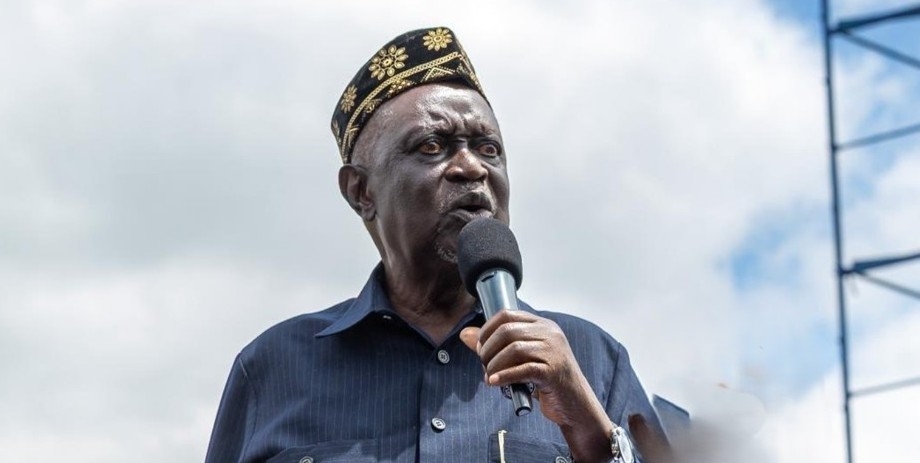AI still remains the most profound tool that is being worked on today.
In every awakening day, there are breakthroughs in the use and application of AI.
It has helped people, businesses and communities unlock their potential.
It opens up new opportunities that significantly improve lives.
Six years ago, Google re-oriented the company around AI and has since been making investments across the board, with Google AI and Deep Mind advancing the state of the art.
Through a major announcement made in Paris, France, Google said that AI already powers its core products that help billions of people every day.
Here are nine ways Google utilises AI to make its products more helpful to users.
1. Google Search
AI has made it possible for users to search in new languages.
This includes new inputs like searching with a camera or even humming a tune as well as applying multiple inputs at once.
Google’s multi-search feature enables a user to search with images and text at the same time with the Google app.
According to Google, the ability to multi-search is powered by the latest in computer vision and language understanding techniques.
2. Google Maps
This feature uses AI to analyse data and provide up-to-date information about traffic statuses and delays.
With the latest immersive view feature, Google Maps links together billions of Street View and aerial images to create a rich, digital model of the world.
“We let you truly experience a place before you ever step foot inside,” Google said.
With AI, Google uses 2D images of a location to generate a highly accurate, 3D representation that models what the place actually looks like.
3. Google Translate
This feature uses AI and machine learning to break down language barriers and allow people to connect across the world.
“We’re continuing to push state-of-the-art ML-driven translation, now with 133 languages supported,” Google said.
The company has expanded the number of languages available on devices in the translate app.
33 new languages are currently available for use, with or without a network connection, in order to make helpful translations more accessible and less network dependent.
These include Basque, Corsican, Hawaiian, Hmong, Kurdish, Latin, Luxembourgish, Sundanese, Yiddish, and Zulu.
4. Google Pixel
According to Google, AI helps the pixel phone instantly translate 21 languages in chat.
AI has also helped it facilitate a verbal conversation between six different languages in Interpreter Mode.
AI has also powered the Magic Eraser feature to remove distractions from photos.
5. Google Photos
In 2015, Google developed an AI in Photos that helps a user search for photos by what’s in them.
Recently, it started using AI in Photos to help a user revisit forgotten photos in ‘Memories.’
6. YouTube
This streaming platform uses AI o automatically generate captions for videos, making them more available to a wider audience, including those who are deaf or hard of hearing.
7. Google Assistant
Google has developed Natural Language Processing (NLP) AI technology for Assistants that allows it to understand and respond in a way that mimics human communication.
According to Google, this allows it to analyse the text of a question and tries to identify its meaning.
8. Gmail
Features, like autocomplete and spell check, are powered by AI.
Google said that its spam-filtering capabilities, powered by AI, block nearly 10 million spam emails every minute.
“This prevents more than 99.9 per cent of spam, phishing attempts, and malware from reaching a user.”
9. Google Arts and Culture
The Google Woolaroo helps 17 global communities to preserve, expand and share their languages.
By applying machine learning, Woolaroo can recognise objects in front of a camera and propose translations for them.
This promotes learning a language and cultural heritage preservation.















